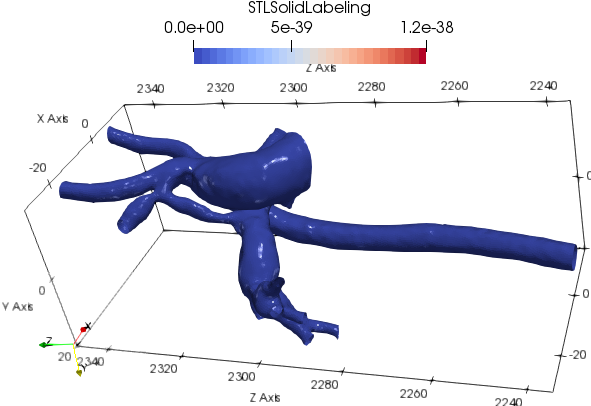MeDiTATe project new publication. The Hemodynamic Effect of Modified Blalock–Taussig Shunt Morphologies: A Computational Analysis Based on Reduced Order Modeling

Eirini Kardampiki, ESR 12 in the MeDiTATe project, published the paper titled The Hemodynamic Effect of Modified Blalock–Taussig Shunt Morphologies: A Computational Analysis Based on Reduced Order Modeling on Electronics Journal from MDPI.
The work was developed in collaboration with Emanuele Vignali and Simona Celi from BioCardioLab (Fondazione Toscana G. Monasterio), Dorela Haxhiademi from Critical Care Unit (Fondazione Toscana G. Monasterio), Duccio Federici from Paediatric Cardiosurgery Unit (Fondazione Toscana G. Monasterio). A further contribution was given by Edoardo Ferrante, Margherita Cioffi and Emiliano Costa from RINA, Stefano Porziani and Andrea Chiappa from RBF Morph, Corrado Groth and Marco Evangelos Biancolini from the Department of Enterprise Engineering (University of Rome Tor Vergata).
The paper, whose abstract is reported in the following lines, is available at this link.
The Modified Blalock Taussig Shunt (MBTS) is one of the most common palliative operations in case of cyanotic heart diseases. Thus far, the decision on the position, size, and geometry of the implant relies on clinicians’ experience. In this paper, a Medical Digital Twin pipeline based on reduced order modeling is presented for fast and interactive evaluation of the hemodynamic parameters of MBTS. An infant case affected by complete pulmonary atresia was selected for this study. A three-dimensional digital model of the infant’s MBTS morphology was generated. A wide spectrum of MBTS geometries was explored by introducing twelve Radial Basis Function mesh modifiers. The combination of these modifiers allowed for analysis of various MBTS shapes. The final results proved the potential of the proposed approach for the investigation of significant hemodynamic features such as velocity, pressure, and wall shear stress as a function of the shunt’s morphology in real-time. In particular, it was demonstrated that the modifications of the MBTS morphology had a profound effect on the hemodynamic indices. The adoption of reduced models turned out to be a promising path to follow for MBTS numerical evaluation, with the potential to support patient-specific preoperative planning.
























